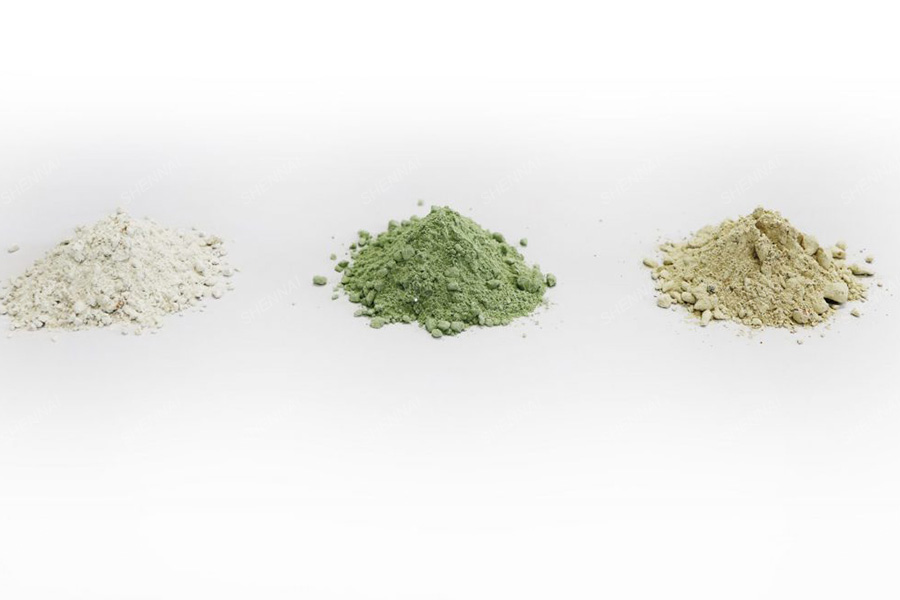- Tel:+8613007564317
- Email:[email protected]
News
Medium frequency furnace lining materials are also called medium frequency furnace refractory materials

Medium frequency furnace lining materials are also called medium frequency furnace refractory materials, medium frequency furnace dry vibrating materials, medium frequency furnace knotting materials, medium frequency furnace ramming materials, which are divided into acid, neutral and alkaline furnace lining materials. The acid furnace lining materials are made of high-purity quartz and fused quartz as the main raw materials, and composite additives as the sintering agent; The neutral lining materials are mainly made of alumina and high alumina materials, and the composite additives are used as sintering agents; The basic lining material is made of high-purity fused corundum, high-purity fused magnesia, high-purity spinel as the main raw materials, and composite additives as the sintering agent.
There are three kinds of lining materials for medium frequency furnace, one is acid lining, which is formed by dry ramming of quartz sand, and the binder is borax or boric acid; The other is dry ramming of magnesia, and the same binder is borax or boric acid. One is neutral furnace lining, which is formed by ramming high alumina clinker. In recent years, with the development of technology and the appearance of various new materials, many new lining materials have also appeared in the lining materials of medium frequency furnaces.
1. Acid lining
The acid furnace lining is mainly quartz sand, which has low price, wide distribution, good insulation, low construction requirements, few defects in use, and stable production. However, the low refractoriness of quartz sand can not meet the requirements for casting large medium frequency furnaces. In addition, there is secondary phase change in the heating process, which leads to poor standard stability and chemical stability. It is simple to react with the slag to form corrosion. In order to prevent these defects, fused quartz can be selected. It has a high content, and the silicon dioxide content is greater than 99%. The refractoriness is significantly advanced and close to the melting point. There is no secondary phase change when the temperature is raised. There is no change in the temperature rise standard, and the thermal shock stability is also greatly improved.
2. Neutral lining
The electric fused corundum is selected as the lining of the medium frequency furnace. Because the melting point of white corundum is up to 2050 ℃, the hardness is up to Grade VIII, and the chemical stability is also better than that of quartz. Suitable for high temperature cast steel or large furnace lining. It is also characterized by the defects of phase transformation and large thermal expansion coefficient. In practice, participation in spinel powder can significantly improve the corrosion resistance and standard stability.
3. Alkaline lining
The traditional alkaline furnace lining is made of magnesia by dry ramming, which has the advantages of high fire resistance, close to 2800 ℃, large expansion coefficient, easy cracking, corrosion resistance, long service life, low price, and extensive use. The use of magnesia furnace lining with white corundum powder or spinel powder significantly improves the service life.
4. Spinel lining
Spinel lining is a new type of lining material. It is formed by aluminum oxide and magnesium oxide, sintered at high temperature or pre fused to form spinel, and then produces various particle standards as required. It is used as medium frequency lining. Borax or boric acid is still used as the binder. It has the advantages of white corundum lining and magnesia lining, but prevents its defects. It is the development direction of large medium frequency lining and high temperature lining. Many imported lining materials belong to this type.
5. New process and new materials of furnace lining materials
① In the traditional lining materials, ultra-fine powder (mostly in a few microns) can improve the corrosion resistance and thermal shock stability of lining materials, such as silicon powder, aluminum oxide powder, white corundum powder, spinel powder, etc.
② Dry forming. The traditional furnace lining is formed by dry ramming with dry powder, and the defects are easy chromatography and emptiness. In the semi dry method, 2%~3% water mixture is used to reduce chromatography, which is good in integrity and will not cause too much harm. It only needs a little longer time for low-temperature drying.
③ Semi dry forming of pure calcium aluminate cement with pure acid or neutral furnace lining; It also participates in magnesium oxide and sodium hexametaphosphate in alkaline furnace lining.
Welcome to Luoyang Shennai, let us solve more questions about induction furnaces for you.
We will get in touch with you as soon as possible
